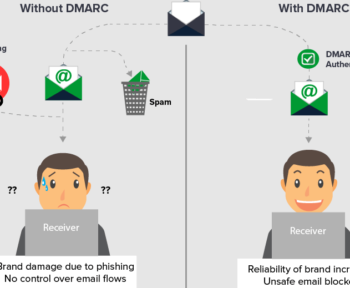What is a soft bounce?
A soft bounce occurs when the recipient’s server detects the email, but it bounces back to the sender, which can occur for a number of reasons:
- Maybe the recipient’s mailbox is full (not possible these days).
- The recipient’s email server is down or offline.
- The message is too long.
How to avoid soft bounce?
In case of soft bounce, you can try again and consider the user in the next campaign. If it is still not delivered, stop sending mail to that person.
Sending emails regularly, at least once a month, can help keep your contact lists up-to-date, engage your recipients and lower your bounce rates.
If you use an old or outdated list, you are likely to get more bounce. That’s why you need to update and clean your contact lists regularly to keep your highly responsive contacts up to date.
Use double opt-in or double verification; It also includes sending a confirmation email when users subscribe to your list. This way you can not only validate the user’s email but also ensure that they actually receive the email.
Track email delivery rates and keep track of bounce rates as well as response rates. With regular monitoring, you can detect potential failures before they occur or before they cause further damage.
Keep in mind that hard bounce is usually permanent and in most cases soft bounce is temporary.
Other Related Reads:
Hard V/S Soft Bounces in Email – The Noticeable Point of Difference





